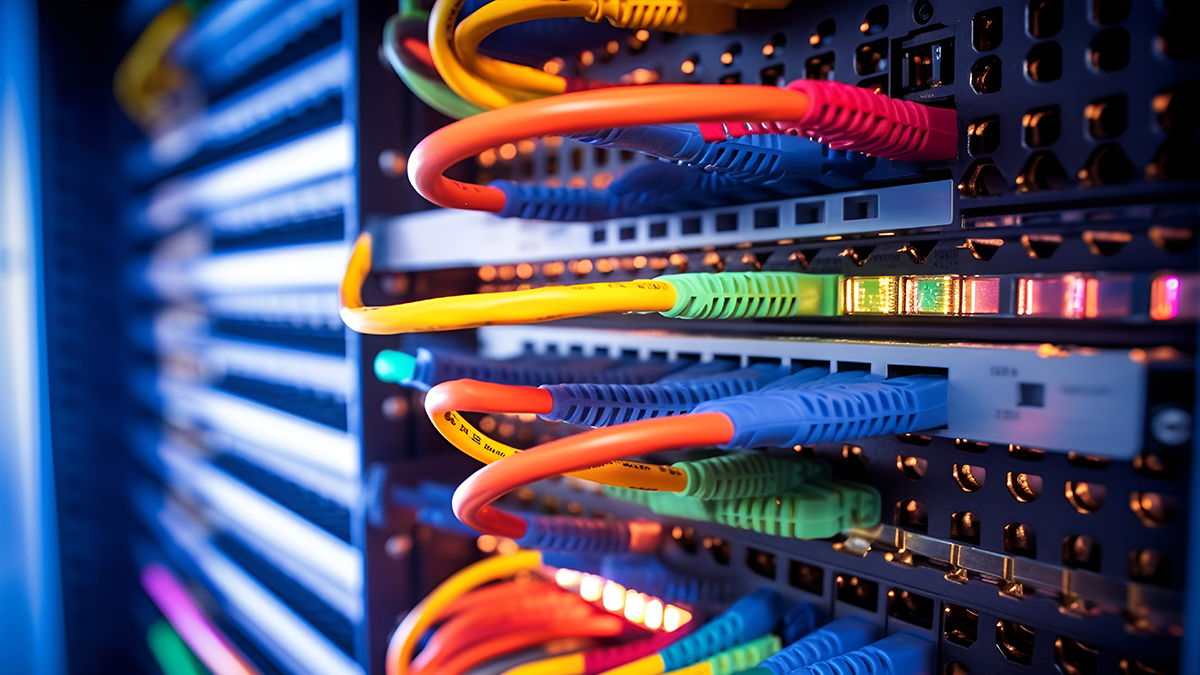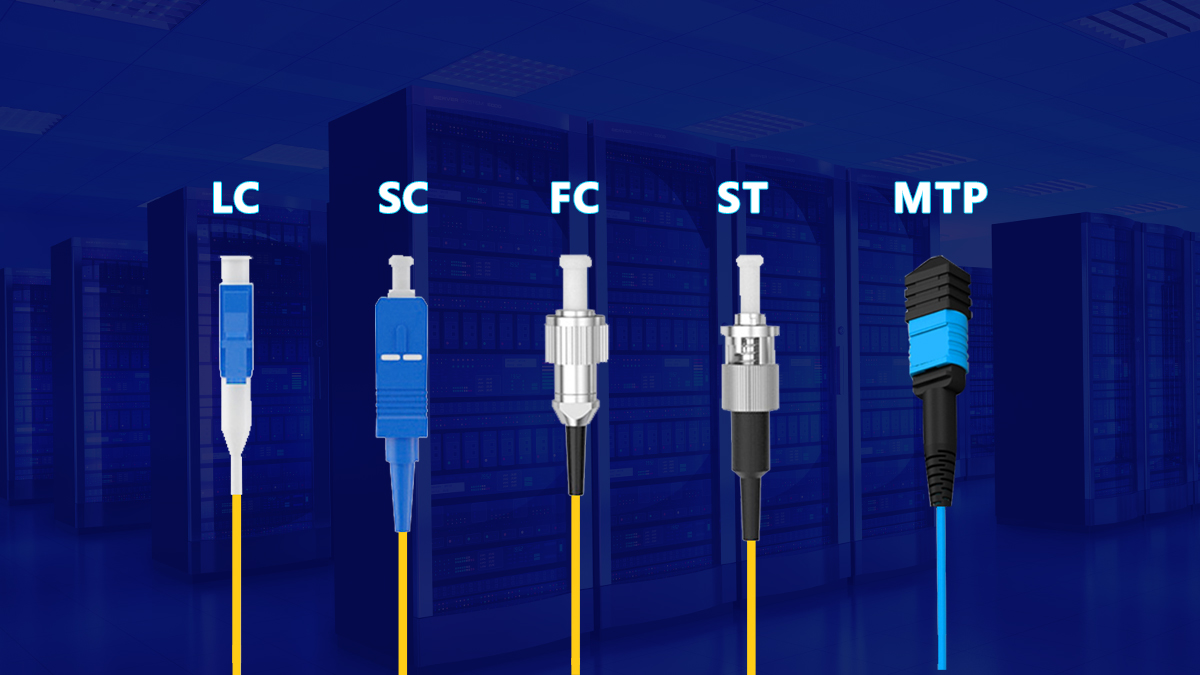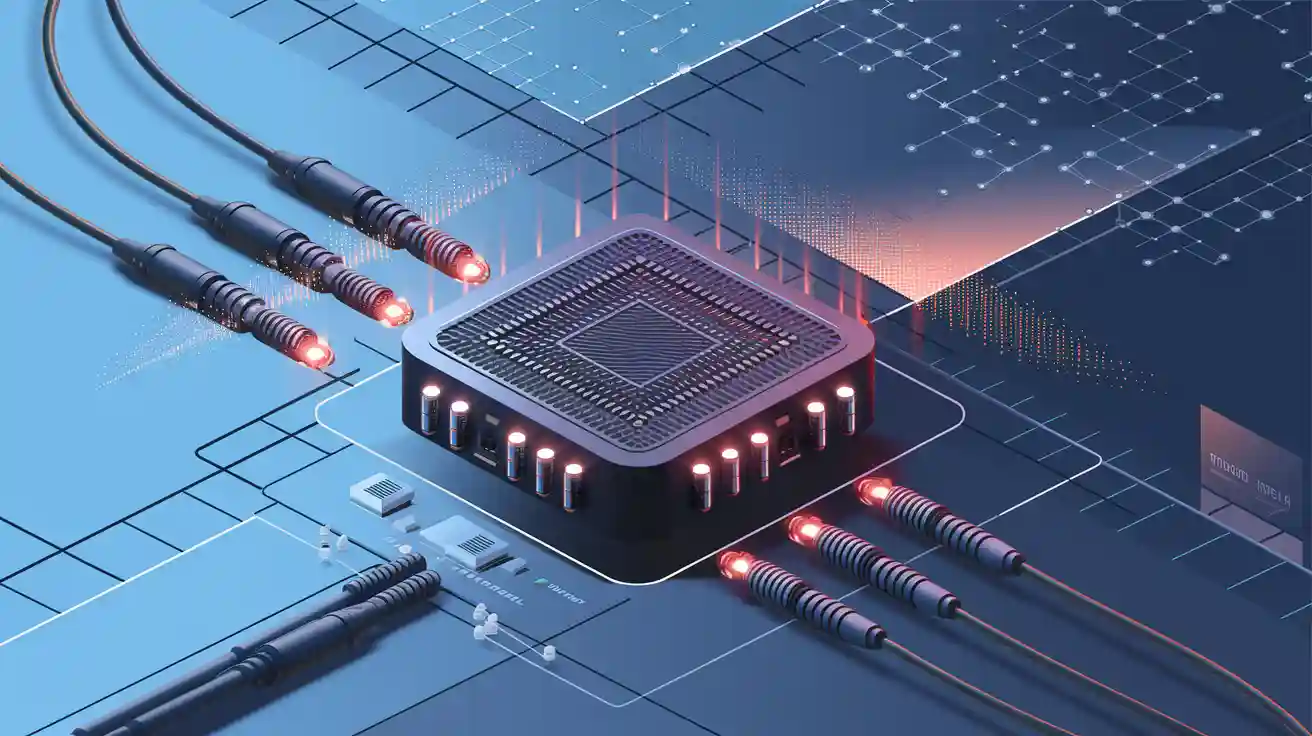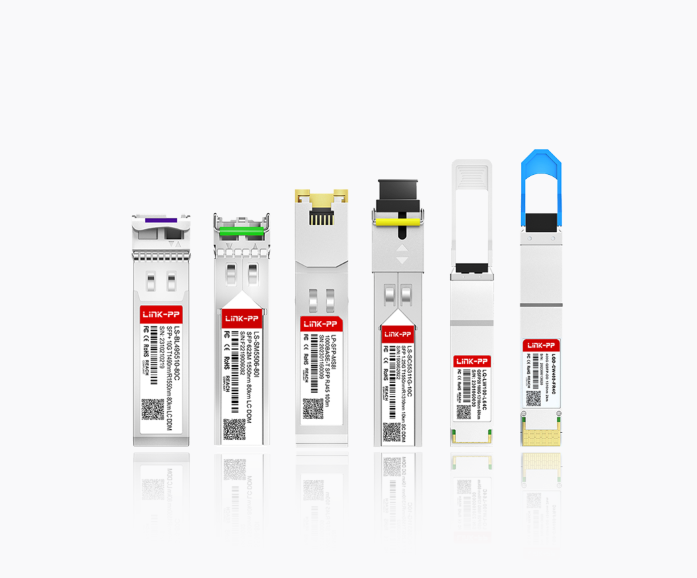
Fiber patch cords, or fiber patch cable are optical cables with connectors on both ends, designed to link devices in a network and transmit signals with high precision. These cables play a vital role in modern communication systems by ensuring fast and reliable data transfer. Whether you’re upgrading a data center or optimizing enterprise networks, choosing the right fiber patch cord ensures reliability and performance.
Key Takeaways
Fiber patch cords help send data quickly in modern networks. They link devices and keep communication steady.
Picking the right fiber type is important. Single-mode fibers work well for long distances, while multimode fibers are better for short distances.
Connectors are important too. Choose connectors like LC or MPO based on your network to improve how it works.
Strong cords last longer. Use good materials and armored cords for tough places to make cables last.
Understanding Fiber Patch Cords Classifications
Fiber patch cables are categorized by connector type, structure, environment, core count, and more. Below, we break down key classifications to simplify your selection process.

1. By Connector Type
Fiber connectors define compatibility with switches, optical transceivers, and adapters.
Connector | Core Diameter | Key Features | Best For |
|---|---|---|---|
LC | 1.25mm | Compact, high-density, low loss | Data centers, 10G/40G networks |
SC | 2.5mm | Push-pull design, durable | Telecom, PON systems |
MPO/MTP | Multi-fiber | 6–144 fibers, polarity options | 40G/100G QSFP+/OSFP deployments |
FC | 2.5mm | Threaded coupling, high stability | OTDR testing, legacy systems |
ST | 2.5mm | Bayonet-style, cost-effective | Campus networks, CCTV |
LINK-PP Pro Tip: Pair MPO-12 cables with our LQ-M85100-SR4C for seamless spine-leaf architecture.
2. By Fiber Mode: Single-Mode vs. Multimode
Type | Core Size | Light Source | Distance | Applications |
|---|---|---|---|---|
Single-Mode(OS2) | 8-10µm | Laser diode | Up to 120km | Long-haul telecom, CATV |
Multimode(OM3/OM4/OM5) | 50-62.5µm | LED | Up to 2km | Data centers, SANs |
3. By Jacket Material: PVC vs. LSZH
Material | Features | Use Cases |
|---|---|---|
PVC | Flexible, cost-effective | Indoor horizontal cabling |
LSZH | Fire-resistant, low smoke emission | Tunnels, subways, data halls |
4. By Polishing Type: PC, UPC, APC
Type | Return Loss | Color | Applications |
|---|---|---|---|
PC | -30dB | Black | Legacy systems |
UPC | -50dB | Blue | Enterprise networks |
APC | -65dB | Green | FTTH, PON, CATV |
Specialized Fiber Patch Cable for Advanced Solutions
Beyond standard types, there are advanced solutions for unique challenges:
Uniboot LC Cables
Dual fibers in a single boot, 50% space savings.
Perfect for high-density racks with Arista/Huawei optical transceivers.
Short-Boot LC Cables
30% shorter boot length for tight MDA/EDA spaces.
Armored Patch Cables
Stainless steel jacket, IP67-rated for harsh outdoor/industrial use.
Pre-Terminated MPO Cables
Factory-tested, plug-and-play for 40G/100G spine-leaf setups.
How to Choose the Right Fiber Patch Cords
Match Connectors: Ensure LC/SC/MPO aligns with your optical transceiver ports.
Verify Distance: Single-mode for >2km, OM4/OM5 for short-reach data centers.
Assess Environment: LSZH for confined spaces; armored for outdoor use.
Prioritize Density: Uniboot LC or MPO cables maximize rack efficiency.
Need Help?
Contact LINK-PP’s experts for a free consultation tailored to your network.
FAQ
How do you choose the right fiber patch cable for your network?
Consider the type of fiber (single-mode or multimode), connector compatibility, and the required length. For harsh environments, opt for armored fiber patch cables. Always match the cable specifications to your network's bandwidth and distance requirements for optimal performance.
Can fiber patch cables be used outdoors?
Yes, but you need outdoor-rated fiber patch cables. These cables feature protective jackets that resist UV rays, moisture, and temperature changes. For extreme conditions, armored cables provide additional durability and protection against physical damage.
How often should fiber patch cables be replaced?
Replace fiber patch cables when you notice performance issues like increased signal loss or physical damage. Regular inspections and proper maintenance can extend their lifespan, but high-quality cables typically last several years in controlled environments.
Are fiber patch cables compatible with all network devices?
Fiber patch cables are compatible with most devices that support fiber optic connections. However, ensure the connectors match the ports on your devices. For example, LC connectors work well with high-density switches, while SC connectors suit older equipment.




